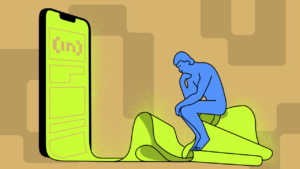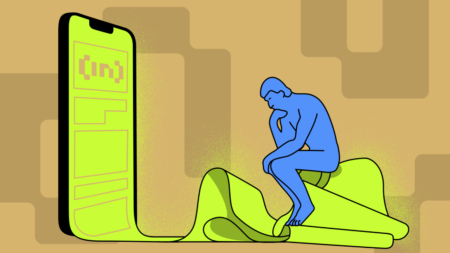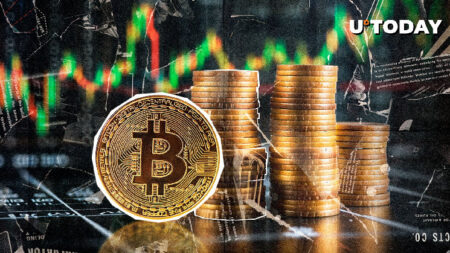On April 8, 2024, Zimbabwe officially launched its new gold-backed currency, the ZiG (Zimbabwe Gold). According to a report by Kitco News published on April 5, the introduction of the ZiG is a significant step towards establishing a solid and stable national currency and combating the country’s economic instability and rampant inflation.
The Reserve Bank of Zimbabwe (RBZ) announced the new currency on April 5, 2024, stating that it would be backed by gold and a basket of foreign currencies, as reported by Kitco. The decision comes as the current Zimbabwe dollar has experienced a sharp decline against the U.S. dollar, becoming the second worst-performing currency against the greenback this year.
Kitco stated that Central Bank Governor John Mushayavanhu, who took office on March 28, 2024, emphasized the need for orthodox monetary policies and assured that printing money would not happen under his watch. The introduction of the ZiG marks the sixth new currency introduced by Zimbabwe since 2008.
According to the Kitco article, the RBZ currently holds 2.5 tonnes of gold in its reserves, along with $100 million in cash. President Emmerson Mnangagwa stated that the nation has sufficient gold reserves to back the new currency, with the central bank indicating that the total amount of gold and cash reserve holdings of $285 million represents more than three times the cover for the ZiG currency being issued.
Kitco highlighted that Zimbabwe’s move towards a gold-backed currency is the latest step in the nation’s efforts to combat its massive inflation problem. It went on to say that in May 2023, the central bank launched a gold-backed digital token, and in July 2022, Zimbabwe apparently began selling gold coins.
The article cited analysts’ opinions on the changing sentiment towards gold-backed currencies. Ole Hansen, Head of Commodity Strategy at Saxo Bank, acknowledged that the recent pace of central bank gold buying suggests that the idea of gold-backed currencies cannot be ruled out.
Featured Image via Pixabay
Read the full article here









